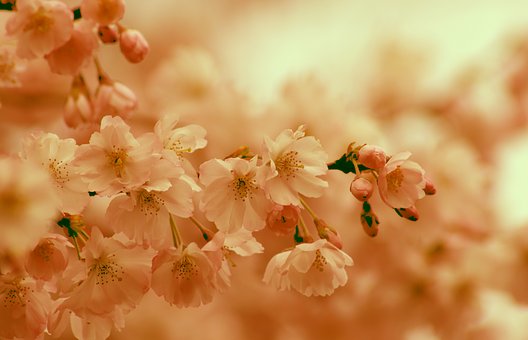To ordinary people, the ultimate truth represents an invisible, untouchable state. In other words, it is a condition that our six consciousnesses have never been exposed to. The fact is that other than the physical and the mental world that can be reached via the six consciousnesses, there is another state which by no means parallels Plato’s world of Forms. Rather, it can be compared to the reappearance of a blue sky after dark clouds have been blown away. Our senses and perceptions are like dark clouds that block the truth of everything, including the self. All we need is to find a powerful force like the wind that can blow the clouds away. Once the clouds are cleared, we will discover this other state where there are no illusory manifestations of matter, mind, or movement, just a spatial, luminous and peaceful world like the clear blue sky of late autumn. Although this state does not exist as in the normal sense of a world, it can be addressed, albeit spuriously, as a “world.” Such is the state of the ultimate truth, the ultimate reality of all phenomena.
~Depicted from THE RIGHT VIEW - The Two Truths—the Key to Unlocking Madhyamaka











